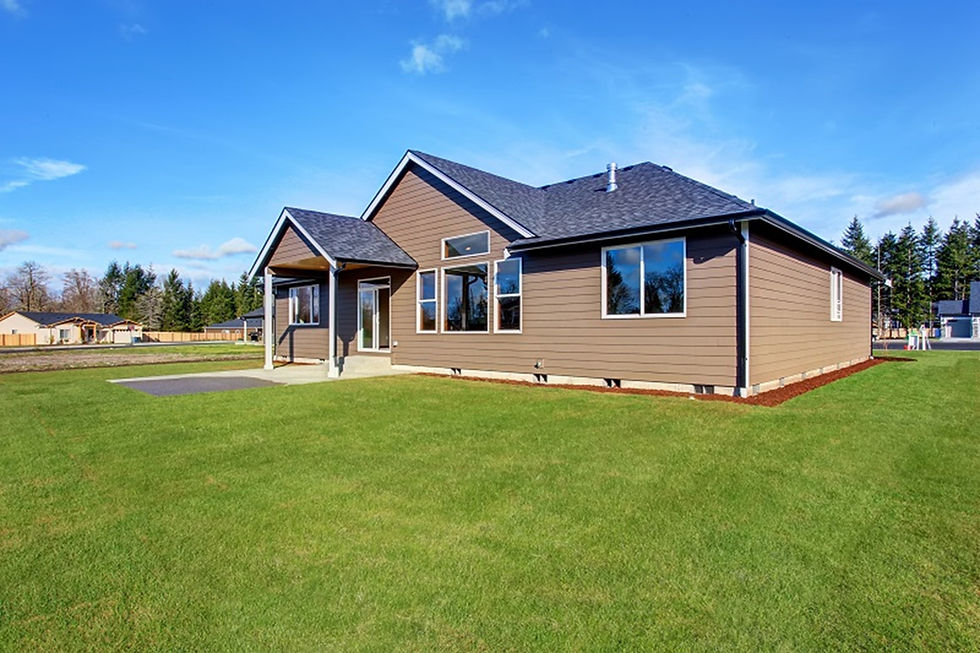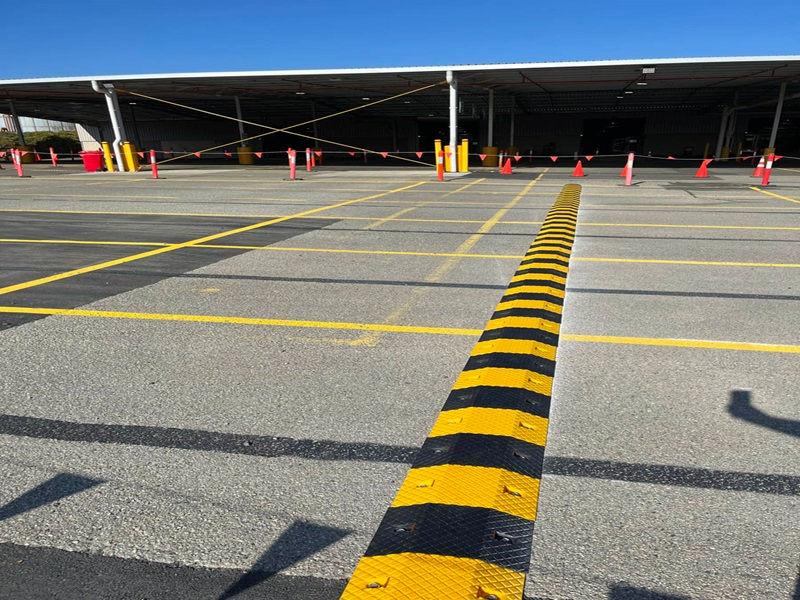Tiny Homes NSW: Innovative Designs for Every Lifestyle
- Anna Brake
- Oct 3
- 4 min read
Across the state of New South Wales, a quiet revolution is occurring regarding how people perceive housing. Rising prices, increasing environmental concerns, and ever-changing lifestyle expectations have made tiny homes a viable choice for more Australians as an alternative to traditional living. Turned into a compact dwelling designed to maximise efficiency without compromising comfort, tiny homes range from mobile structures on wheels to permanent small-scale houses built to sit on a parcel of land, with each type catering to different needs and lifestyles. The cause has gained traction in NSW, with councils, builders, and individuals acknowledging the necessity for innovative housing that is both cheaply priced and environmentally sustainable.
Why Tiny Homes Appeal to Modern Australians

Affordability is one of the major reasons tiny homes are so appealing. Traditional housing in NSW-well into sub-$1 million category-has become out of reach for hundreds of thousands of individuals and families, especially in metropolitan areas like Sydney. Tiny homes hence pose a solution to cost, allowing people to invest in property free from crippling mortgage repayments. Beyond affordability, tiny homes reflect the broader cultural engagement in minimalism and sustainability; they give joy to the homeowners who find beauty in smaller, more intentional spaces. It is not simply about reducing the amount; it is about reshaping priorities and offering living environments attuned to modern values.
Innovative Designs for Every Lifestyle
The beauty of tiny homes is in their diversity. In NSW, designers and builders are creating homes for the many needs of its residents. For young professionals, modern tiny homes can become chic urban retreats equipped with smart technology to ensure comfort and ease of use. For families, modular designs can provide living spaces that connect and grow according to need. In small numbers, retirees have included tiny homes in their search for low-maintenance, accessible places that foster their independence close to loved ones. No matter what: the striking designs produced in NSW would provide a tiny home solution for every lifestyle.
Sustainability at the Core of Tiny Living
Environmental sustainability is at the heart of the tiny home movement in New South Wales. These homes are generally built with eco-friendly materials and designed to conserve energy. Many tiny homes use solar panels for energy, rainwater collection systems for water and composting toilets for waste disposal, making them fit for off-the-grid living. Their small footprint translates to reduced heating and cooling requirements, thereby reducing energy costs and environmental impact. For nature-loving Australians, tiny homes are more than affordable housing- a commitment to living lightly and responsibly while still enjoying comfort and style.
Tiny Homes on Wheels: Freedom and Flexibility
One of the most exciting aspects of tiny homes is that they can be built on wheels. In NSW, mobile tiny homes represent freedom, offering the possibility to relocate and adjust to changing conditions. The portable structures have a special allure for young Australians and digital nomads, who wish to combine productivity and travel without sacrificing any comforts back home. They are built with a view to being roadworthy, and transported all over the state to let the owners discover coastal sites and restful countryside or to venture to the outskirts of a city. The appeal of such mobility was heightened in an era when flexible living and working arrangements were the norm.
Addressing Housing Affordability in NSW
Housing affordability is still a pressing issue in New South Wales, and tiny homes are seen as a creative solution. By lowering the financial obstacles to homeownership, tiny homes create opportunities for people who otherwise could not afford to enter the market. They are being embraced in the community as a secondary dwelling or granny flat, further adding to the supply of housing while avoiding the need for any large-scale developments. In rural NSW, tiny homes are also becoming quite popular since they provide affordable accommodation for workers, retirees, and young families while allowing them to contribute to local economies.
Lifestyle Benefits of Living Small

Apart from affordability and sustainability, tiny homes come with lifestyle benefits that are attractive to an increasing number of Australians. Living in small spaces promotes simplicity and a life devoid of many unnecessary things. This kind of minimalist lifestyle practically translates into lower stress and greater wellness. Tiny homes allow for a more profound interaction with nature, as the designs often feature outdoor decks, big windows, and integration within the surrounding landscape. Sitting in a state replete with natural beauty, tiny homes are the comfort-meets-outdoor-living smorgasbord. For many in contrast, this lifestyle change is so much in the way of compensation for a better life.
The Future Role of Tiny Homes in NSW
Tiny homes will become more important in the tilting scale of New South Wales' housing landscape as these entities move into the future. Since various governmental and council authorities have been trying to identify means to remedy housing shortages and address sustainability objectives, tiny homes present an innovatively scalable solution. Builders and architects are continuously challenging the status quo of design, merging with smart technology, modular construction, and sustainable inclusions that render tiny homes all the more attractive. Tiny homes could see greater uptake and acceptance, one day becoming the mainstream for alternative lifestyle options altogether, transforming the way Australians live, work, and connect to their communities.
Conclusion: Innovative Living for Every Lifestyle
Tiny homes in NSW are more than a fad; they project onto a paradigm of innovation, environmental sustainability, and freedom of lifestyle. Designs across the board-from tiny home designs for working professionals and tiny homes for retirees-adapt flexibly, affordably, and sustainably. Rustic or ultra-modern, these tiny functional dwellings offer many other styles across the board, and in doing so, tiny homes are creating a mark on the housing scene in New South Wales. Through tiny homes, Australians are making choices not just for a smaller space but for a space that works with modern living, values, and gives a much-needed eco-space opportunity into the future.






Comments